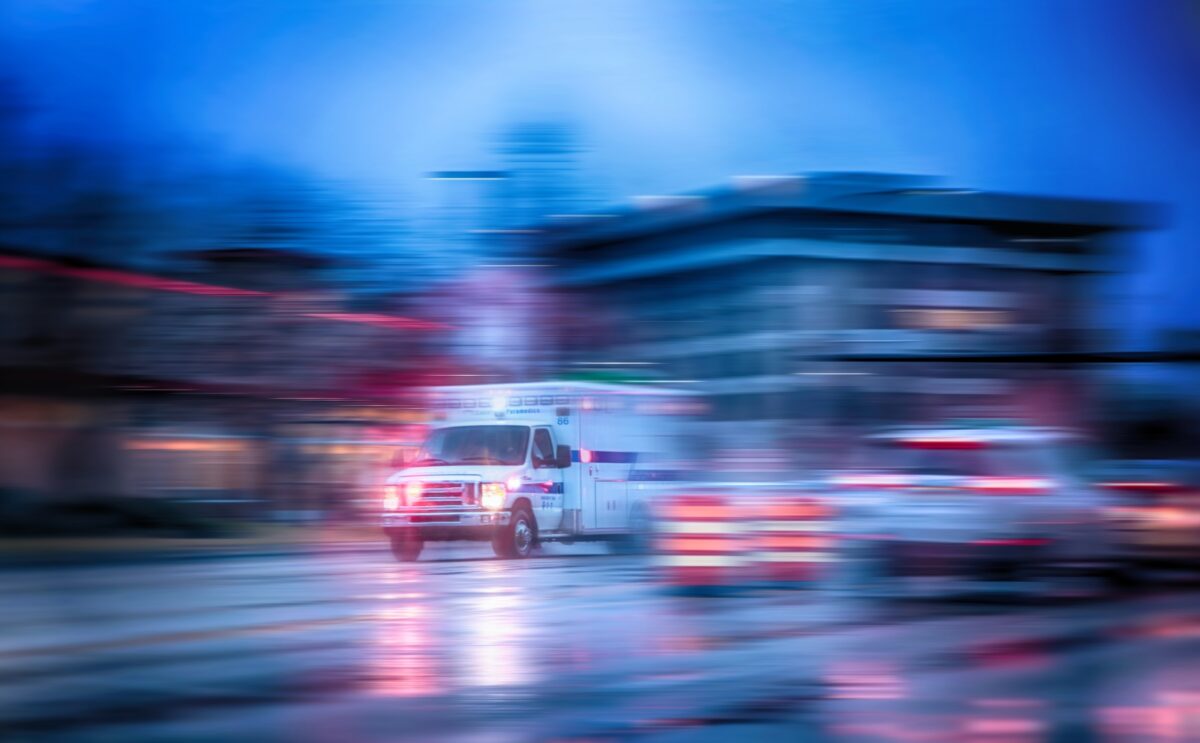The discovery of an unattended death is a tragic and distressing event. Unattended deaths occur when a person passes away alone and remains undiscovered for a period of time, leading to the decomposition of the body. Handling the aftermath of such situations requires specialized biohazard cleanup services to ensure the environment is safe and sanitary. In this blog, we will explore how biohazard cleanup services manage unattended deaths, the importance of professional unattended death cleaning services, and the procedures involved in post-mortem biohazard cleanup.
Understanding the Challenges of Unattended Deaths
Unattended deaths present unique challenges due to the decomposition process. As the body decomposes, it releases fluids and gases that can penetrate flooring, furniture, and other materials. This process not only creates a strong odor but also poses serious health risks. The area can become contaminated with bacteria, viruses, and other pathogens, making it hazardous for anyone who enters without proper protection and knowledge.
The Importance of Professional Biohazard Cleanup Services
Attempting to clean up after an unattended death without professional help is highly dangerous. The complexities and hazards involved require specialized knowledge and equipment. Professional biohazard cleanup unattended death services are essential for several reasons:
Health and Safety
Unattended deaths can result in the spread of infectious diseases due to the presence of bodily fluids and decomposing tissue. Professional cleaners use personal protective equipment (PPE) and follow stringent safety protocols to protect themselves and others from exposure to harmful pathogens.
Thorough Decontamination
Professionals have access to advanced cleaning agents and equipment designed to thoroughly decontaminate affected areas. They ensure that all traces of biohazards are removed, including any residues that may have seeped into porous materials.
Odor Removal
Decomposition produces strong, unpleasant odors that can linger even after the area has been cleaned. Professional services use specialized deodorizing agents and techniques to eliminate these odors, restoring the area to a habitable condition.
Legal Compliance
There are specific regulations governing the cleanup and disposal of biohazardous materials. Professional biohazard cleanup services ensure compliance with all local, state, and federal regulations, protecting you from potential legal issues.
The Process of Post-Mortem Biohazard Cleanup
1. Assessment and Containment
The first step in post-mortem biohazard cleanup is a thorough assessment of the affected area. Professionals identify the extent of contamination and determine the appropriate cleanup procedures. Containment measures are put in place to prevent the spread of biohazards to other areas.
2. Personal Protective Equipment (PPE)
Technicians don appropriate PPE, including gloves, masks, protective suits, and sometimes respirators, to safeguard against exposure to harmful substances. This ensures their safety while they work to decontaminate the area.
3. Removal of Contaminated Materials
All materials contaminated by bodily fluids and decomposition byproducts, such as carpets, furniture, and personal items, are carefully removed and disposed of according to regulatory guidelines. This step is crucial to eliminate any potential sources of infection.
4. Cleaning and Disinfection
The area is thoroughly cleaned and disinfected using hospital-grade cleaning agents. Professionals use specialized tools and techniques to ensure that all biohazardous materials are effectively eradicated. This includes scrubbing surfaces, using steam cleaners, and applying disinfectants.
5. Odor Neutralization
To address the strong odors associated with decomposition, professional services employ advanced deodorizing methods. This may involve the use of ozone machines, hydroxyl generators, or other odor-neutralizing technologies to eliminate any lingering smells.
6. Verification and Documentation
After the cleanup process is complete, the area is inspected to ensure that it is free from biohazards and safe for use. Detailed documentation of the cleanup process is provided, which can be important for legal and insurance purposes.
Why Choose The BioClean Team for Unattended Death Cleaning Services?
Expertise and Training
At The BioClean Team, our technicians undergo rigorous training to handle the complexities of unattended death cleanup. We are equipped with the knowledge and skills needed to manage these situations with care and precision.
Advanced Equipment
We utilize state-of-the-art equipment and cleaning agents to ensure thorough decontamination and odor removal. Our commitment to using the best tools available guarantees the highest standard of cleanup.
Compassionate Service
We understand that dealing with an unattended death is a profoundly emotional experience. Our team approaches every job with sensitivity and respect, providing compassionate support during a difficult time.
Compliance and Safety
The BioClean Team adheres to all regulatory requirements for the handling and disposal of biohazardous materials. We prioritize safety and compliance to protect our clients and our team.
The aftermath of an unattended death is a challenging and hazardous situation that requires professional intervention. DIY attempts at cleanup can pose significant health risks and fail to adequately decontaminate the area. Professional biohazard cleanup services, like those offered by The BioClean Team, are essential for ensuring a thorough, safe, and compliant cleanup process. Our expertise, advanced equipment, and compassionate approach provide peace of mind and restore safety to affected areas. If you are faced with the need for unattended death cleaning services, contact The BioClean Team for reliable and professional support.







